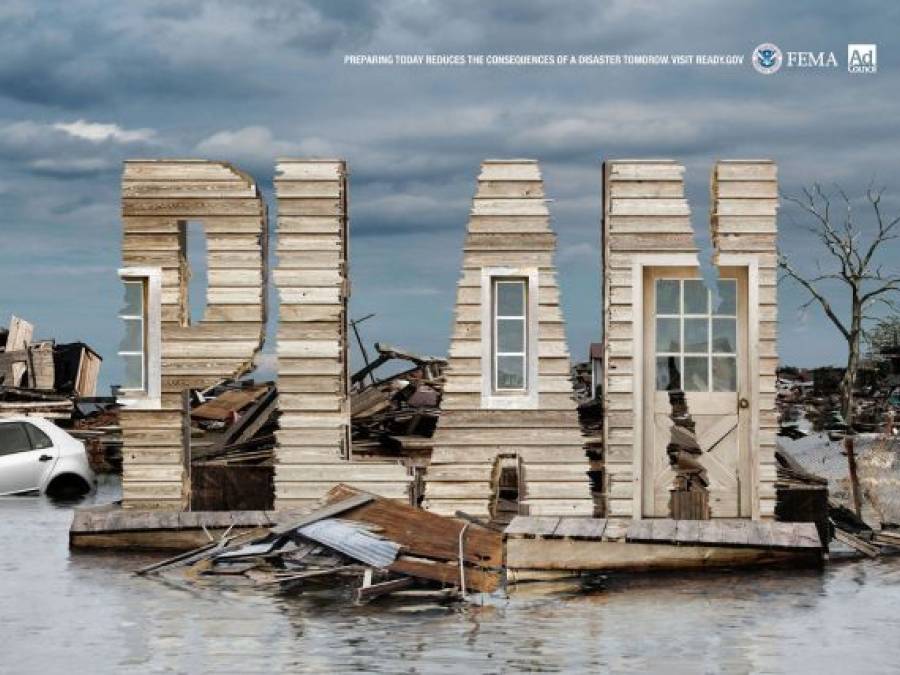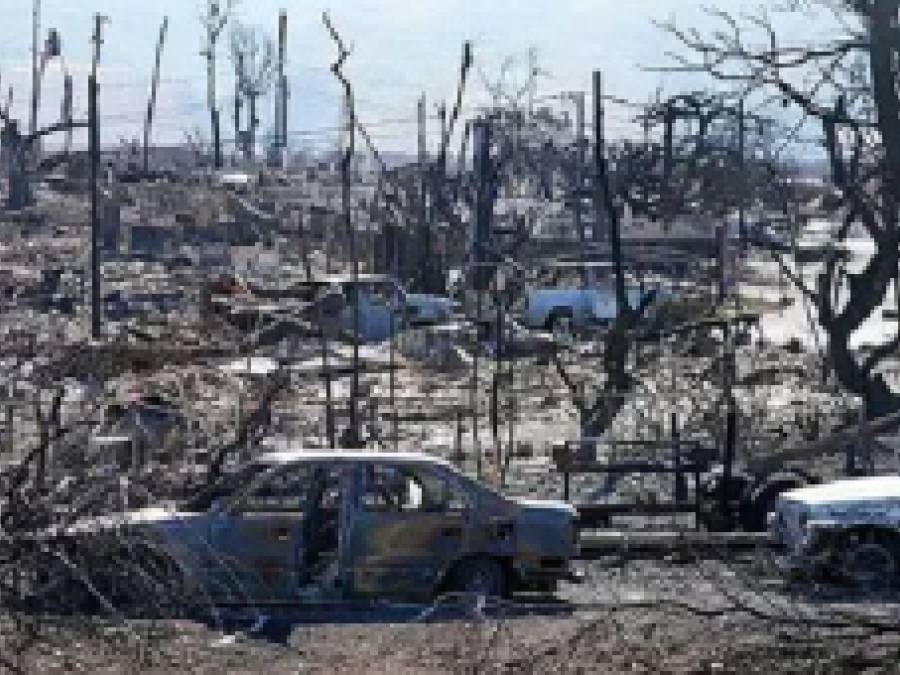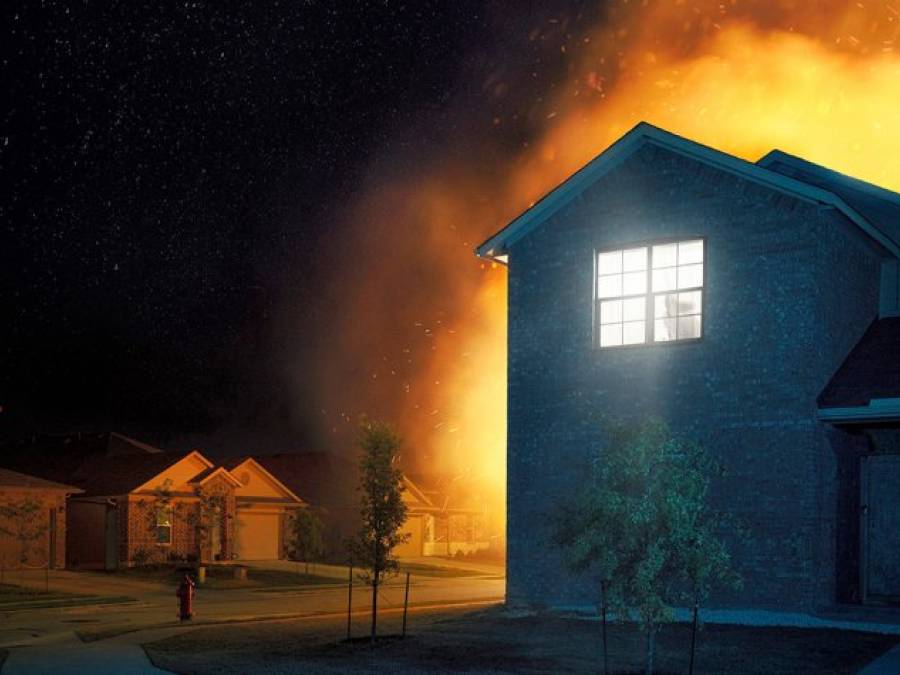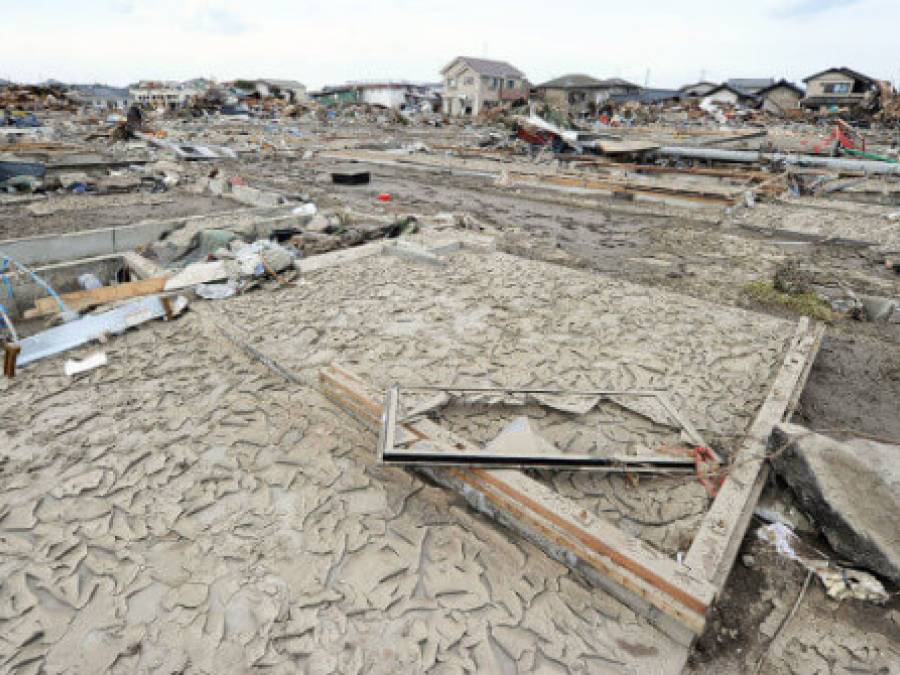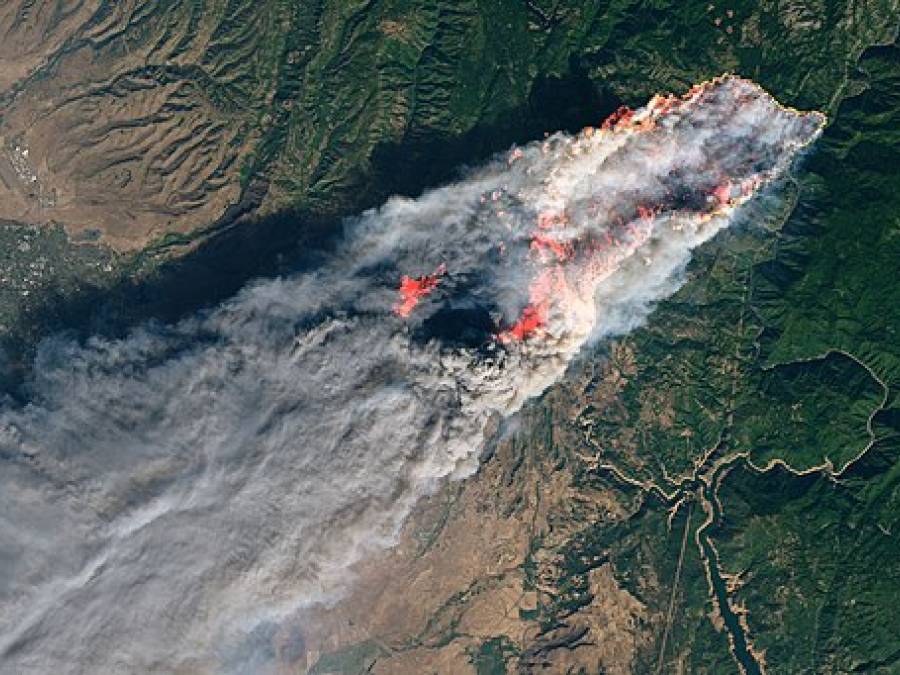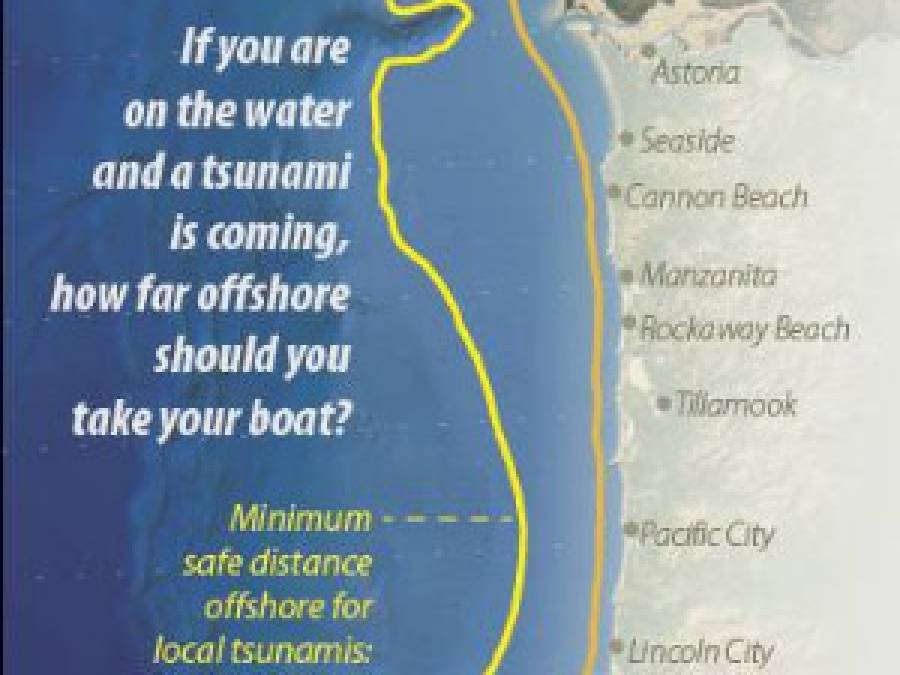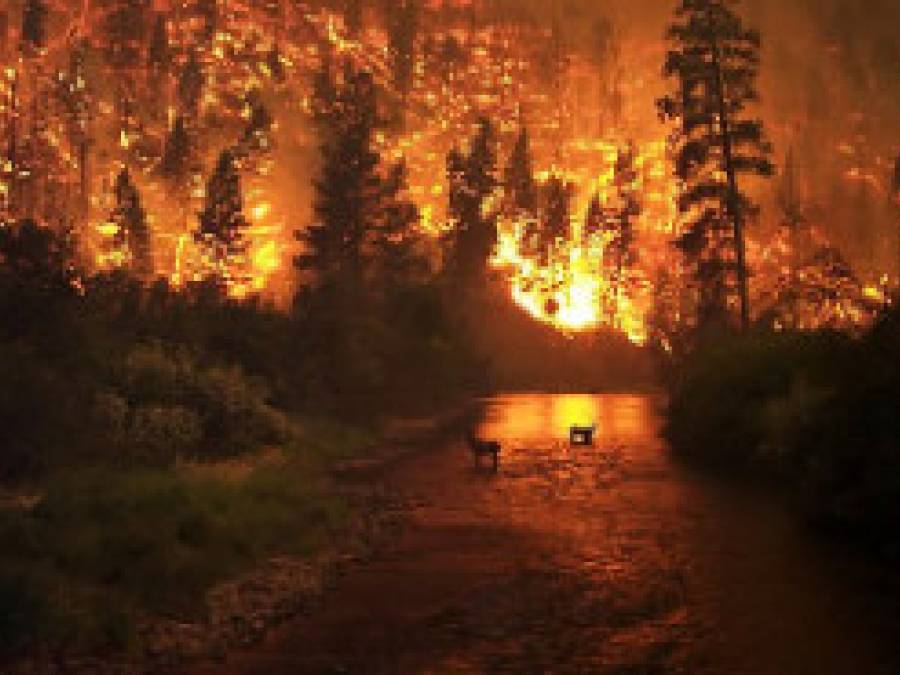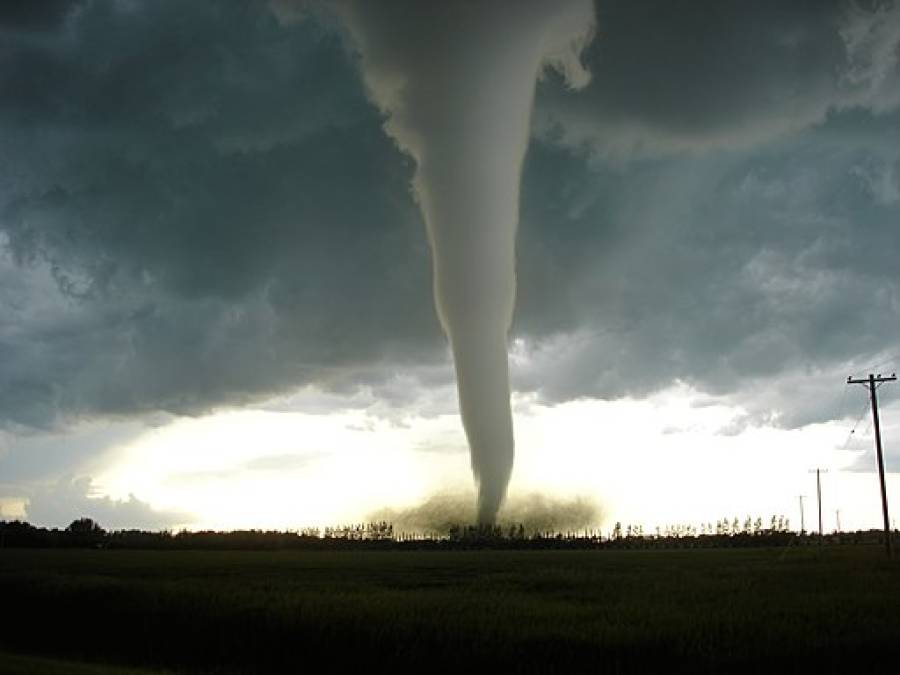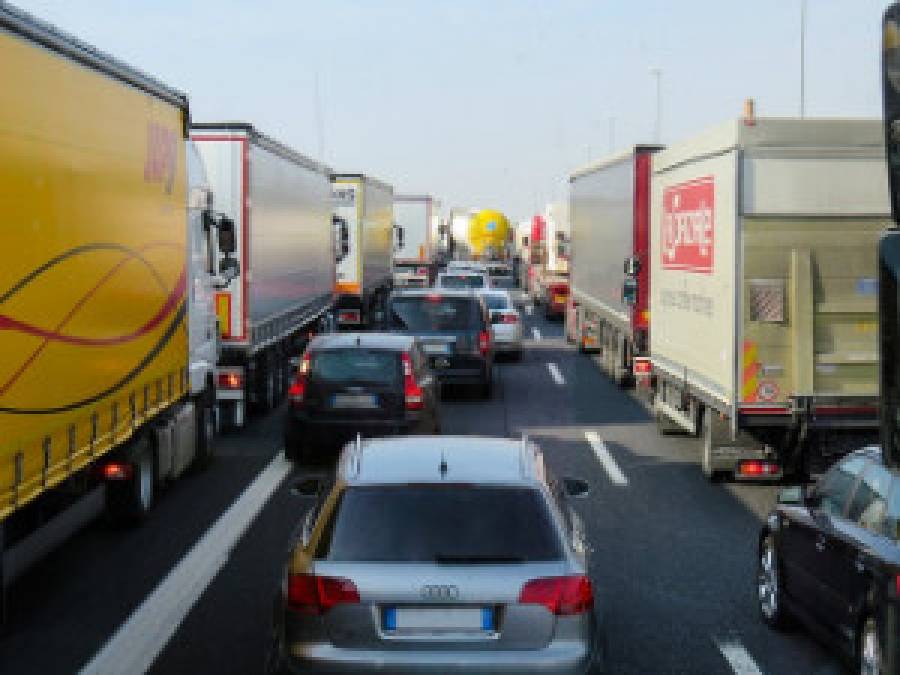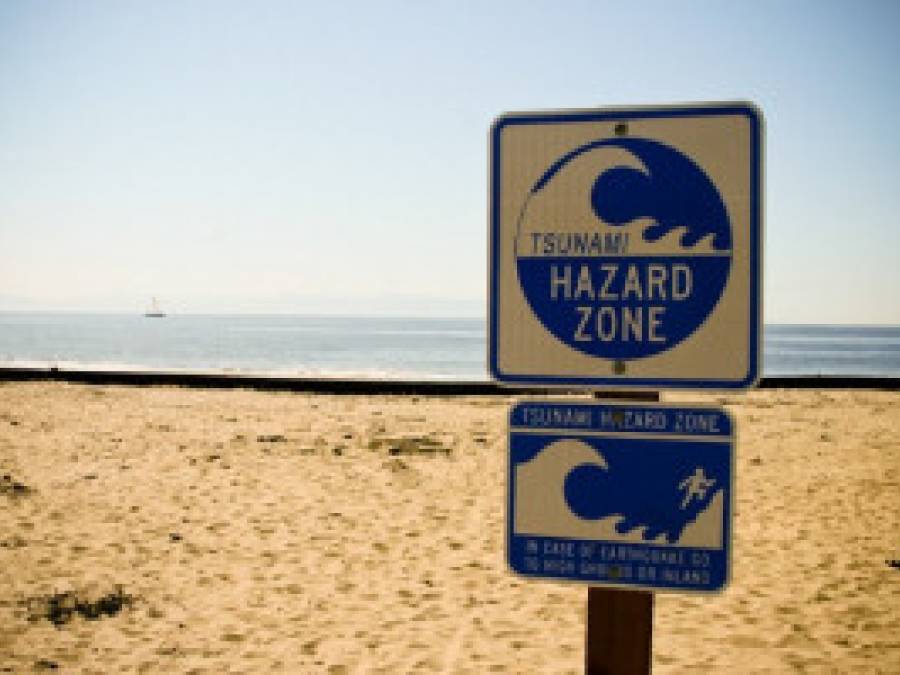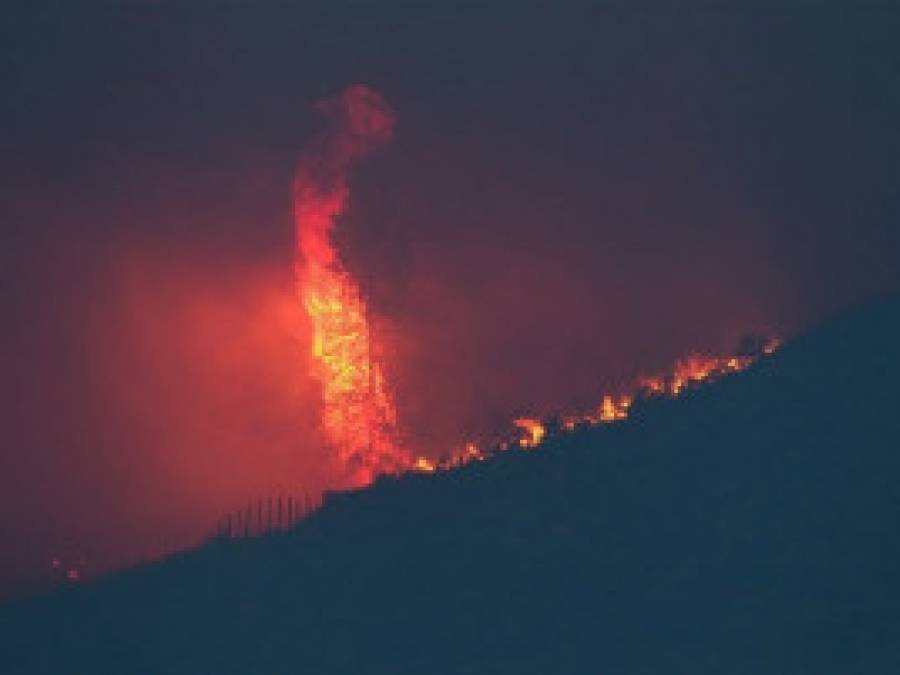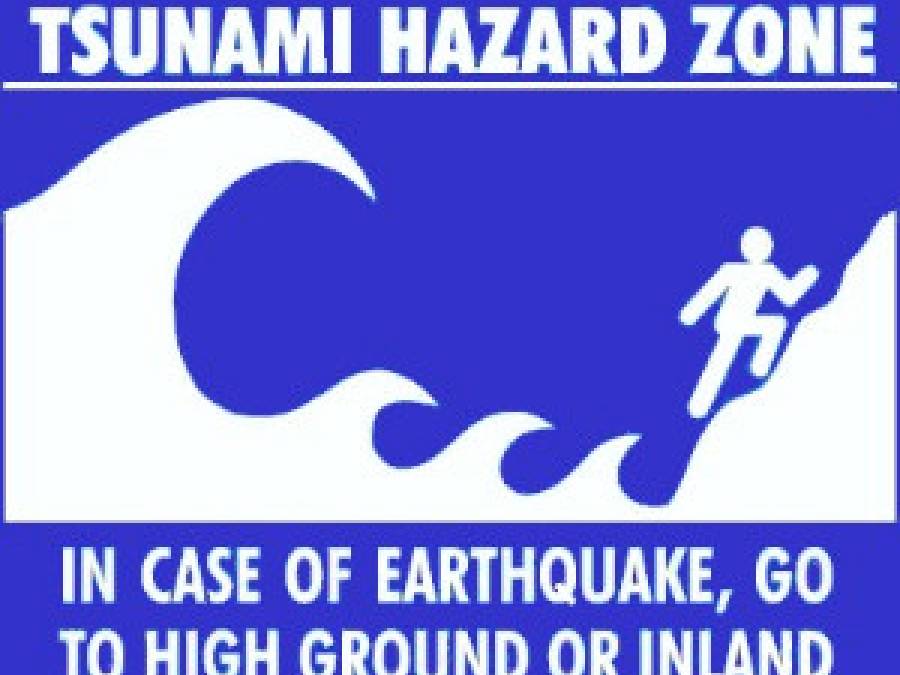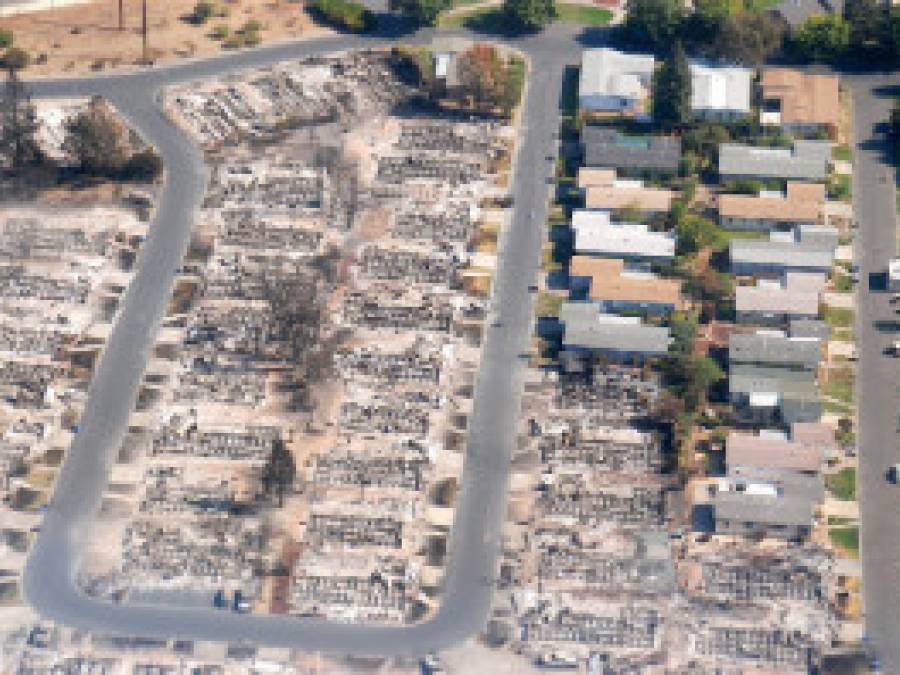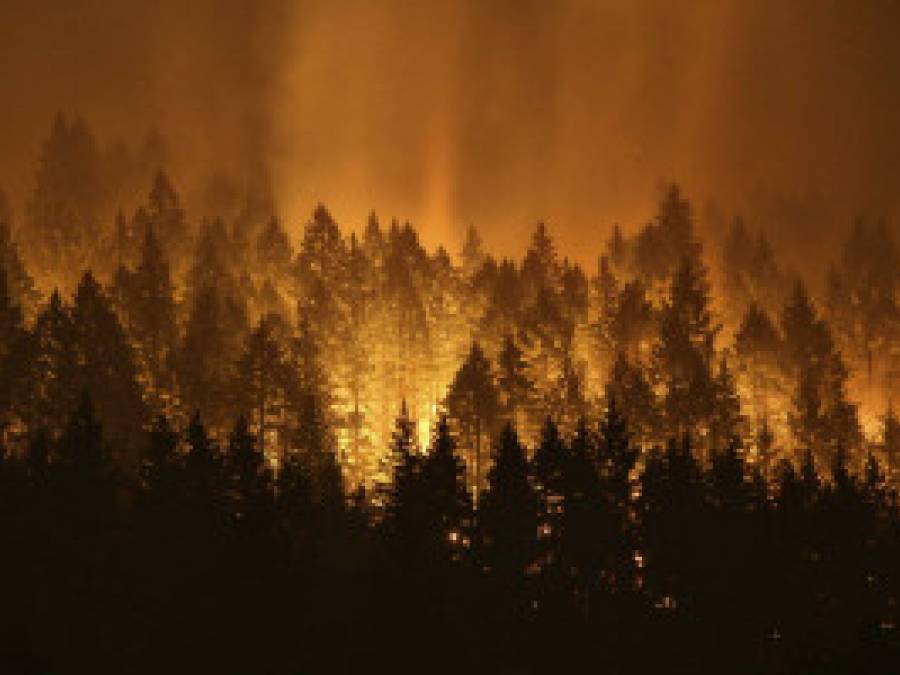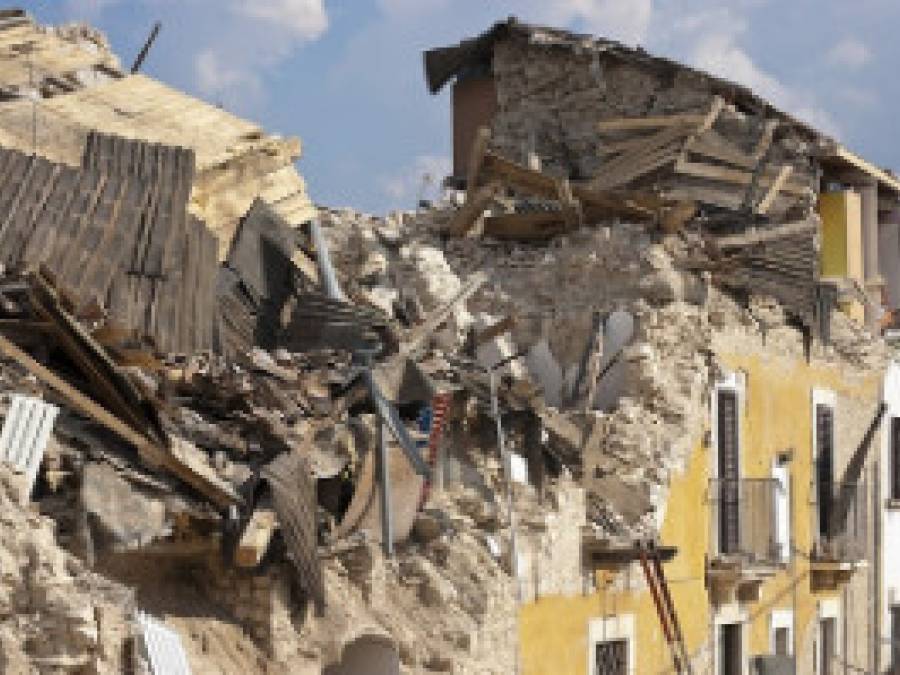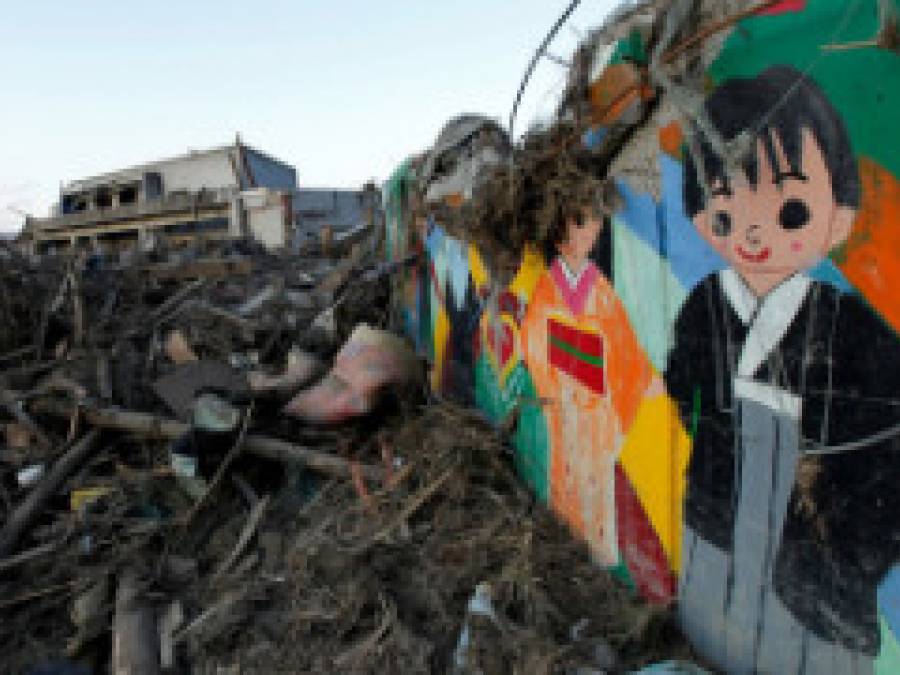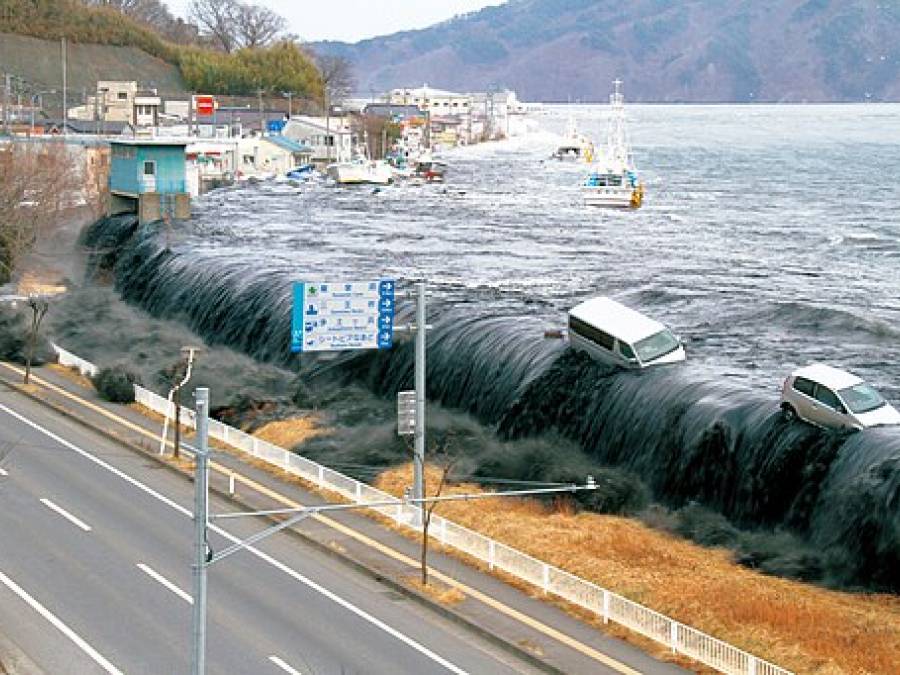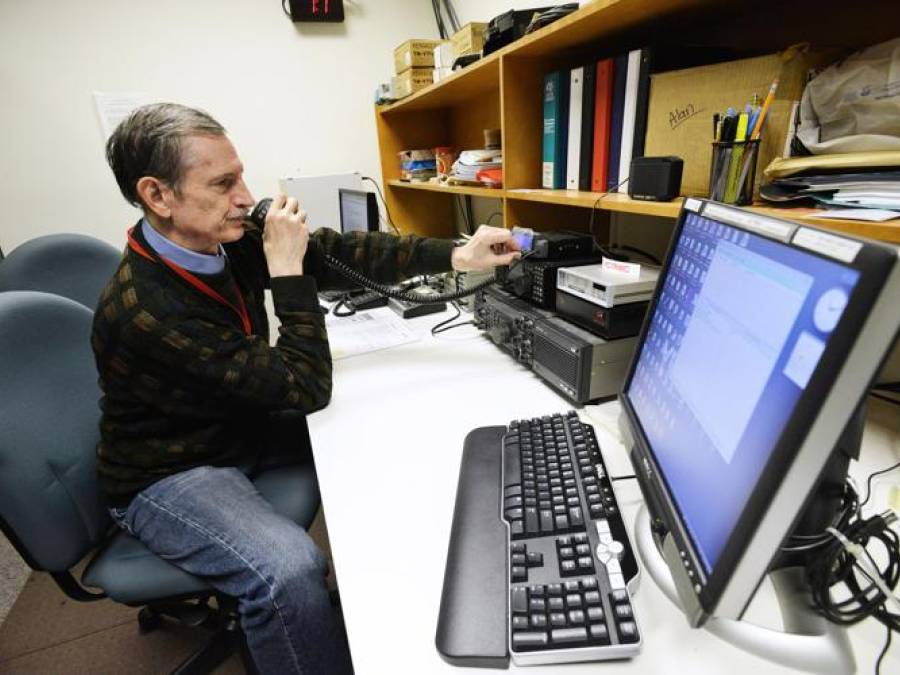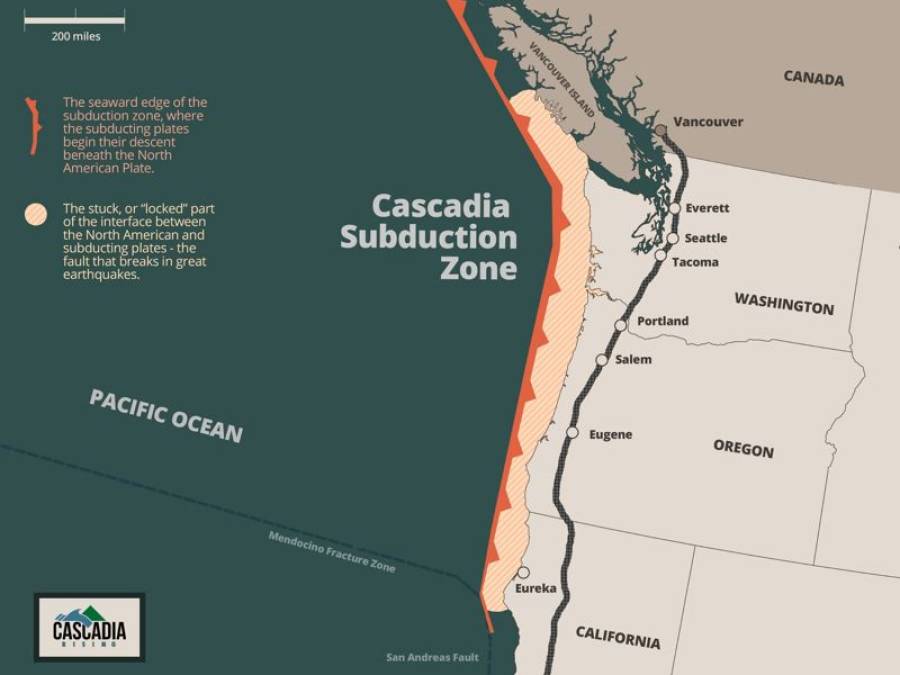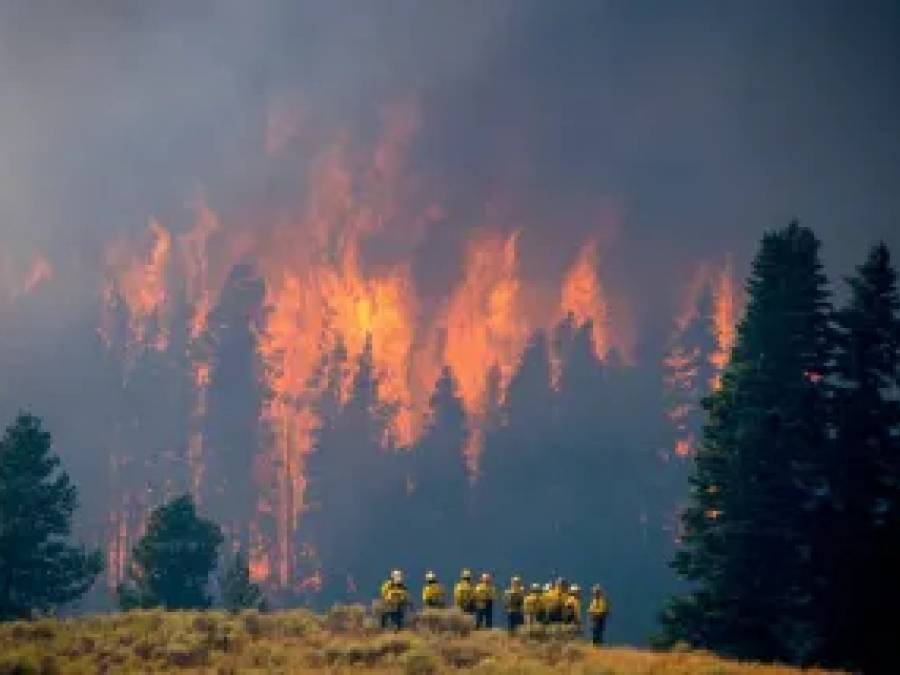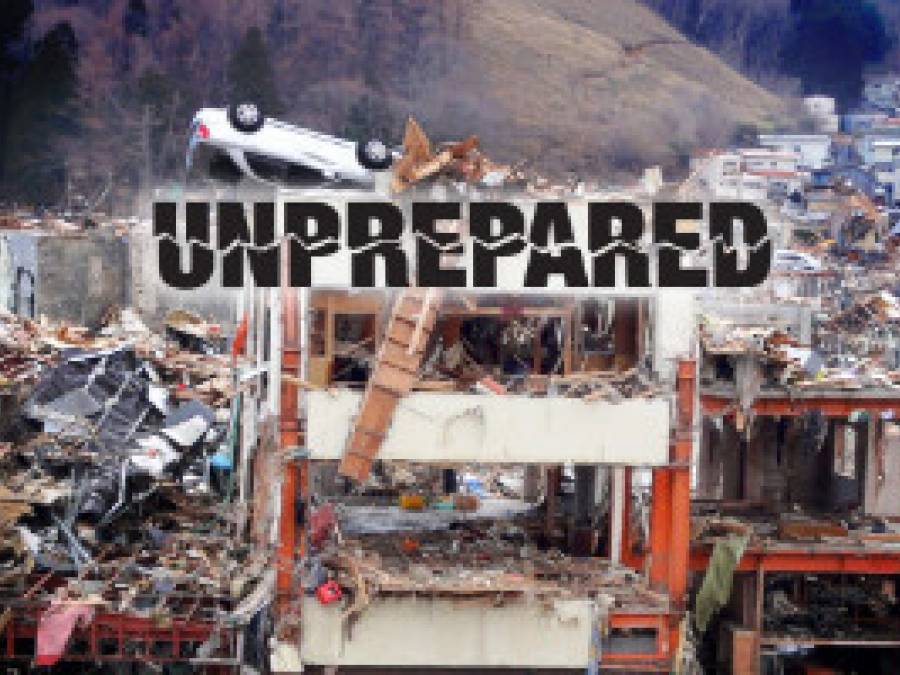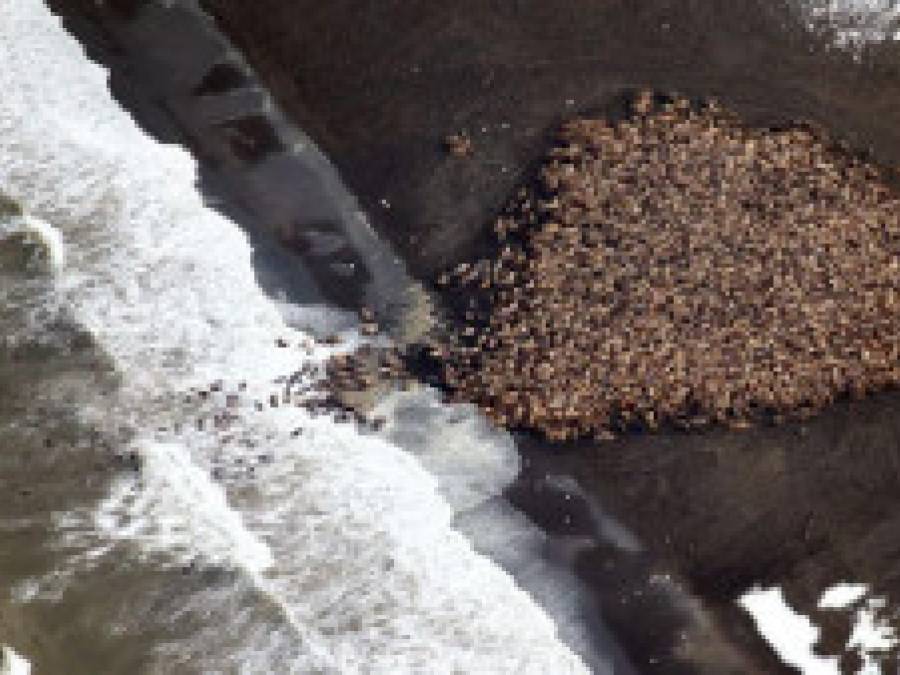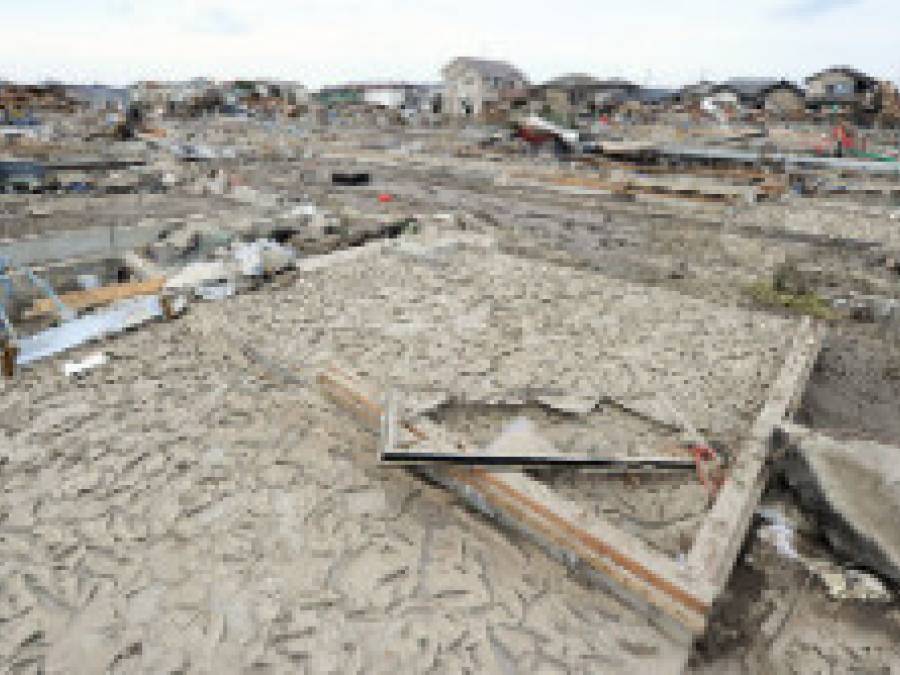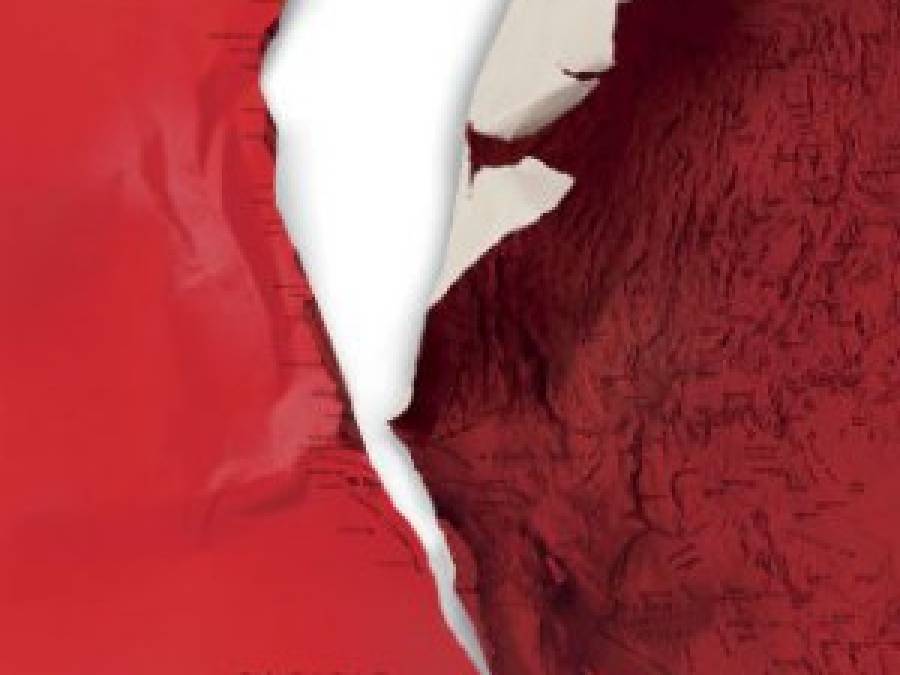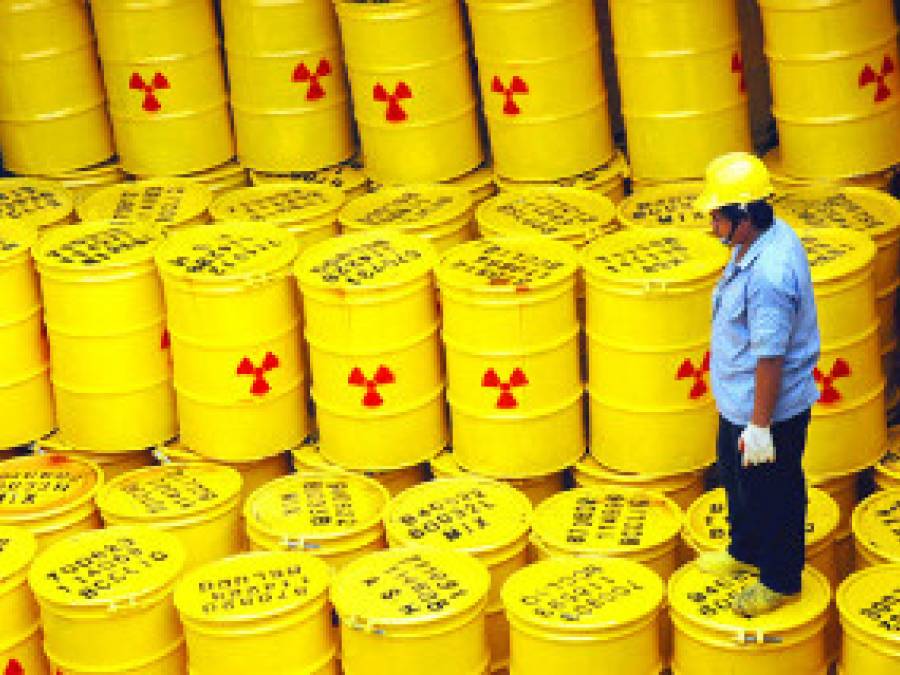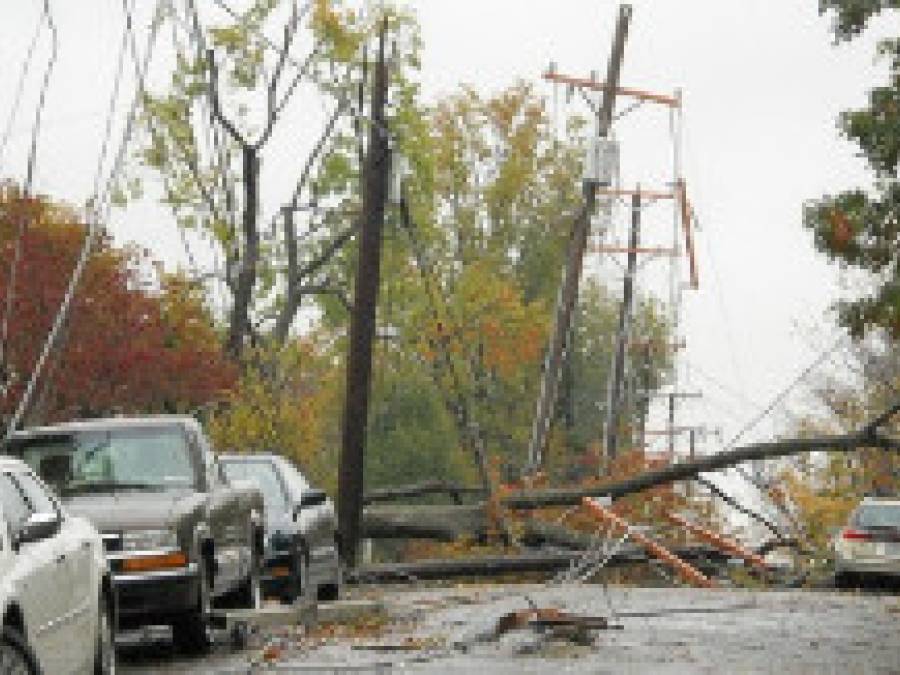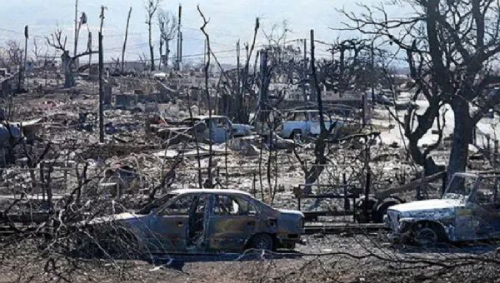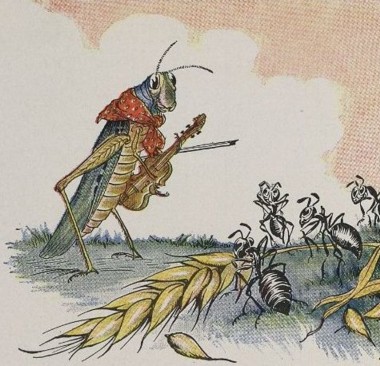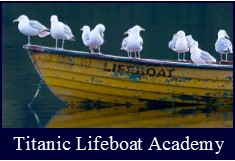The deadliest U.S. wildfire in over 100 years is another tragic warning to the world community. Yet indigenous U.S. communities are suffering more than others.
More Lahaina wildfire survivors complained to local media on Sunday that the government's relief efforts were moving too slowly after the devastating hurricane-driven wildfires claimed 96 lives as of late Sunday.
The deadliest U.S. wildfire in over 100 years is another tragic warning to the world community. Yet indigenous U.S. communities are suffering more than others.
Local and federal authorities are being criticized for failed alarm systems, lacking communication, and lagging relief efforts as the death toll is projected to keep rising.
Local residents said that their families lost everything in the disaster on Aug. 8 and have had no access to food since then due to U.S. government agencies blocking roads leading to Lahaina, preventing aid and donations from getting to the devastated area. They urged Maui County Mayor Richard Bissen and Hawaii Governor Josh Green to open the roads for relief.
This guy on about how the Government could have handled the situation better during and after Lahaine Fires 🙏 (Part 1 & 2 Thread) #Hawaii #hawaiifires #LahainaFires #MauiFires #lahaina #Maui #Prayformaui pic.twitter.com/jq0B7yl1PM
— FlashFactsHub (@FlashFactsHub) August 14, 2023
As federal and local agencies failed to react, local civil society groups are at the forefront of life-saving efforts. In many cases, evacuees "have leaned on church groups, community organizations, and volunteers to track down missing relatives, get rides to shelters or access supplies brought in on private boats and airplanes," said The New York Times.
"We said, 'If something ever happened here, we're 72 hours away from help ever coming. And I think we proved that that's probably pretty accurate," the Maui PD chief John Pelletier said, disclosing that canine teams searching for cadavers only began working on the island on Saturday, and had searched only about 3 percent of the impacted area as of that day.
Besides the lagging rescue and relief work, questions about Hawaii's emergency siren warning system have also been raised, as the sirens sat silent during the deadly wildfires. The Hawaii emergency administration confirmed this last week.
Alerts were sent via mobile devices, radio and television, and the opt-in resident alert system, yet widespread power and signal outages cut off most communication to the stricken area. It was not clear whether the alerts were sent before the island was hit with widespread outages.
Survivors said that the Hawaii Emergency Management Agency (EMA) posted on a social media platform that the local Maui EMA had announced the immediate evacuation for an inland subdivision in Lahaina nearly 10 hours after the flames started and 2 hours after the fire escaped containment in Lahaina.
1/ Our hearts go out to the people of Maui and Lahaina. The impacts of climate change are visible around the world, especially in Native communities - as is the devastation.
— Oil Change International (@PriceofOil) August 10, 2023
More info & disaster relief funds below. Please consider supporting recovery⬇️https://t.co/2xzIsCJ5Ib
In regard to these complaints, Green said on Friday that he could not say for sure if Maui's emergency siren system was activated properly ahead of the deadly wildfires. Meanwhile, some analysts also attributed the wildfire tragedy to the factor of colonialism that has drastically changed the ecosystem on Maui Island.
"The fires of today are in part due to the climate crisis, a history of colonialism in our islands, and the loss of our right to steward our 'aina and wai' land and water," said Carmen Lindsey, chairwoman of the Office of Hawaiian Affairs, and she identified colonialism and environmental injustice as reasons behind the catastrophe.
Since tourism outperformed sugarcane and pineapple plantations in profits in the 1990s in Hawaii, corporations gradually abandoned plantations and left land untended.
Without active treatment, vegetation like guinea grass, molasses grass, and buffel grass brought by settlers as livestock forage destroyed the flame-resistant local ecosystem.
State aid in the US for damages from the Hawaii fires is $12 billion.
— Megatron (@Megatron_ron) August 14, 2023
Aid to Ukraine and continuation of the war is $24 billion.
That's how far they ran.
They cannot steal from Hawaii, the damage is too big, you have to understand them. pic.twitter.com/GoXJmOBzNx
These unmanaged fast-growing and drought-resistant plants produce what scientists call the "grass-fire cycle."
"The gross mismanagement of land by greedy developers and land speculators destroyed our natural landscape and buffers and enabled the rapid spread of the fire," Kaniela Ing, a Kanaka Maoli environment activist and former Hawaiian legislator, tweeted on Wednesday.
Local officials believed that the current fire could end up being the deadliest disaster in local history. Maui has been revered by its Indigenous peoples as a sacred place for generations. In the 19th century, Lahaina served as the home and burial place of the Hawaiian royal family and became the first capital of the Hawaiian Kingdom.
Na'Aikane o Maui Cultural Center in Lahaina, with its precious indigenous cultural documents, art, and artifacts, was lost to the flames along with hundreds of other structures.
"Lahaina holds some of the most historically significant cultural properties and highest-ranking sacred remains of our ancestors. We have watched our precious cultural assets, our physical connection to our ancestors, our places of remembering -- all go up in smoke," said Lindsey.
#FromTheSouth News Bits | United States: The death toll from wildfires in Hawaii rises to 93. pic.twitter.com/uWNNk4EVaW
— teleSUR English (@telesurenglish) August 13, 2023

